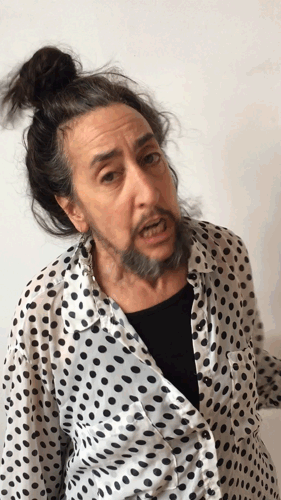Contemporary Circus Mobilities
Abstract
While a significant number of contemporary circus artists in Europe have abandoned the traditional circus lifestyle of caravans and big tops, artistic mobility (albeit in a new form) continues to be an integral part of contemporary circus practice, greatly impacting artists’ relationships to their spatial and social environments; to their artistic practice; and, last but not least, to themselves. This article, which draws on interviews with six Europe-based circus artists, aims to provide a better understanding of contemporary circus artists’ experiences of mobility at different stages of their careers and to contextualize these in relation to the history and myth of circus, as well as to the neoliberal working conditions governing the performing arts today. Shedding light on the ways in which such mobilities intersect with and contradict a primary circus narrative of freedom, the author is interested in how contemporary circus mobility interacts with location and economic factors, what tropes it evokes, and how it contributes to a process of othering.
Downloads
Published
Issue
Section
License
Copyright for articles published in this journal is retained by the authors, with first publication rights granted to the journal. By virtue of their appearance in this open access journal, articles are free to use, with proper attribution, in educational and other non-commercial settings.
Manuscripts submitted to Performance Matters should be original works that have not been published elsewhere. Note that authors are responsible for obtaining permission to include copyrighted material in any article or review published in Performance Matters.

